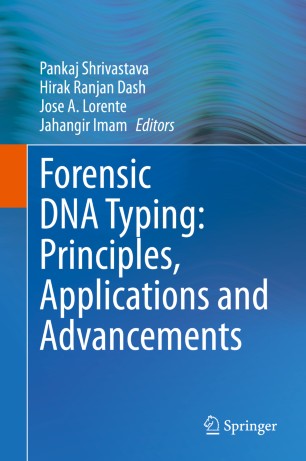

Most ebook files are in PDF format, so you can easily read them using various software such as Foxit Reader or directly on the Google Chrome browser.
Some ebook files are released by publishers in other formats such as .awz, .mobi, .epub, .fb2, etc. You may need to install specific software to read these formats on mobile/PC, such as Calibre.
Please read the tutorial at this link: https://ebookbell.com/faq
We offer FREE conversion to the popular formats you request; however, this may take some time. Therefore, right after payment, please email us, and we will try to provide the service as quickly as possible.
For some exceptional file formats or broken links (if any), please refrain from opening any disputes. Instead, email us first, and we will try to assist within a maximum of 6 hours.
EbookBell Team

4.7
86 reviewsThe book explores the fundamental principles, advances in forensic techniques, and its application on forensic DNA analysis. The book is divided into three modules; the first module provides the historical prospect of forensic DNA typing and introduces fundamentals of forensic DNA typing, methodology, and technical advancements, application of STRs, and DNA databases for forensic DNA profile analysis.
Module 2 examines the problems and challenges encountered in extracting DNA and generating DNA profiles. It provides information on the methods and the best practices for DNA isolation from forensic biological samples and human remains like ancient DNA, DNA typing of skeletal remains and disaster victim identification, the importance of DNA typing in human trafficking, and various problems associated with capillary electrophoresis.
Module 3 emphasizes various technologies that are based on SNPs, STRs namely Y-STR, X-STR, mitochondrial DNA profiling in forensic science. Module 4 explores the application of non-human forensic DNA typing of domestic animals, wildlife forensics, plant DNA fingerprinting, and microbial forensics.
The last module discusses new areas and alternative methods in forensic DNA typing, including Next-Generation Sequencing, and its utility in forensic science, oral microbes, and forensic DNA phenotyping.
Given its scope, the book is a useful resource in the field of DNA fingerprinting for scientists, forensic experts, and students at the postgraduate level.